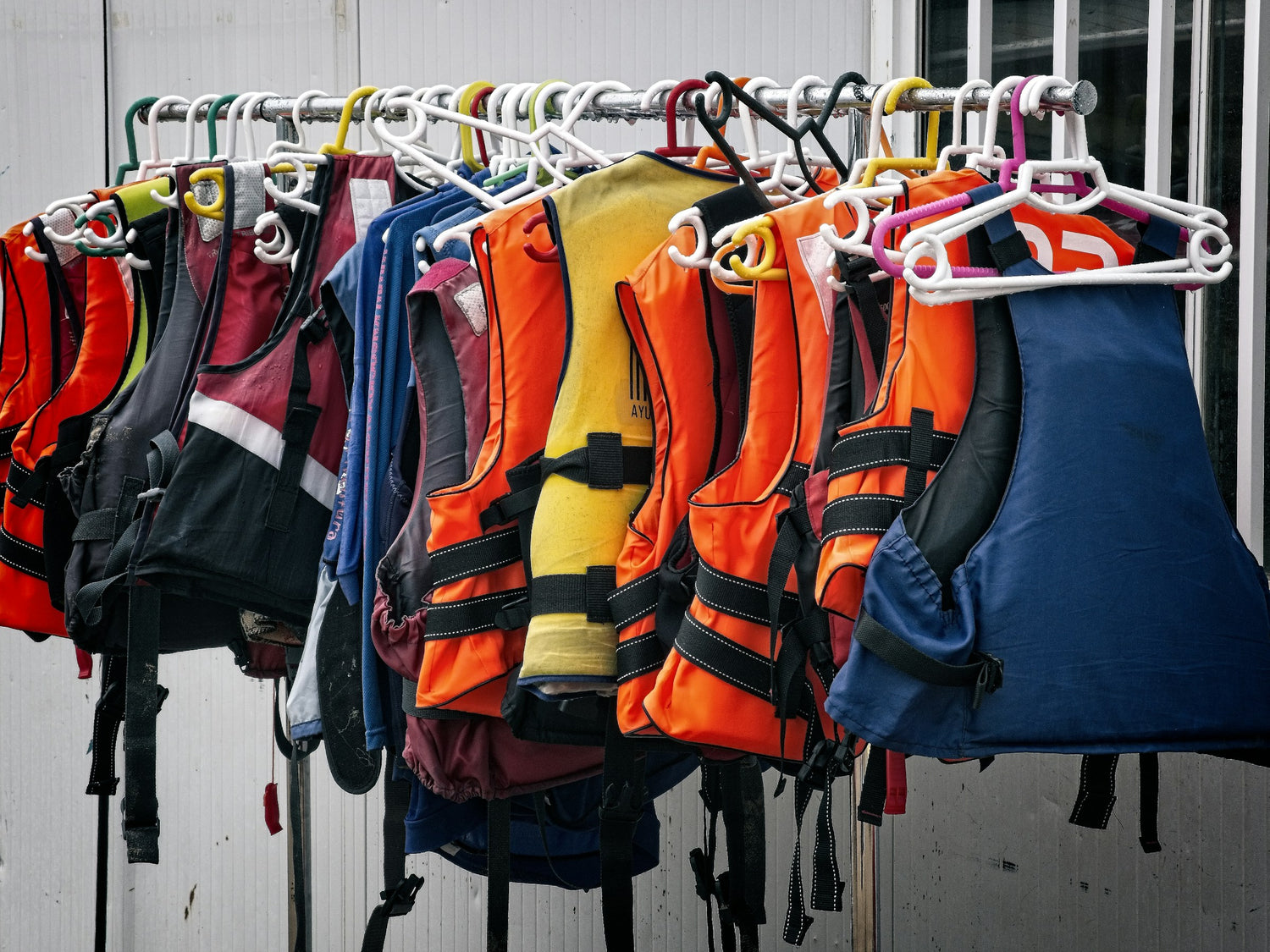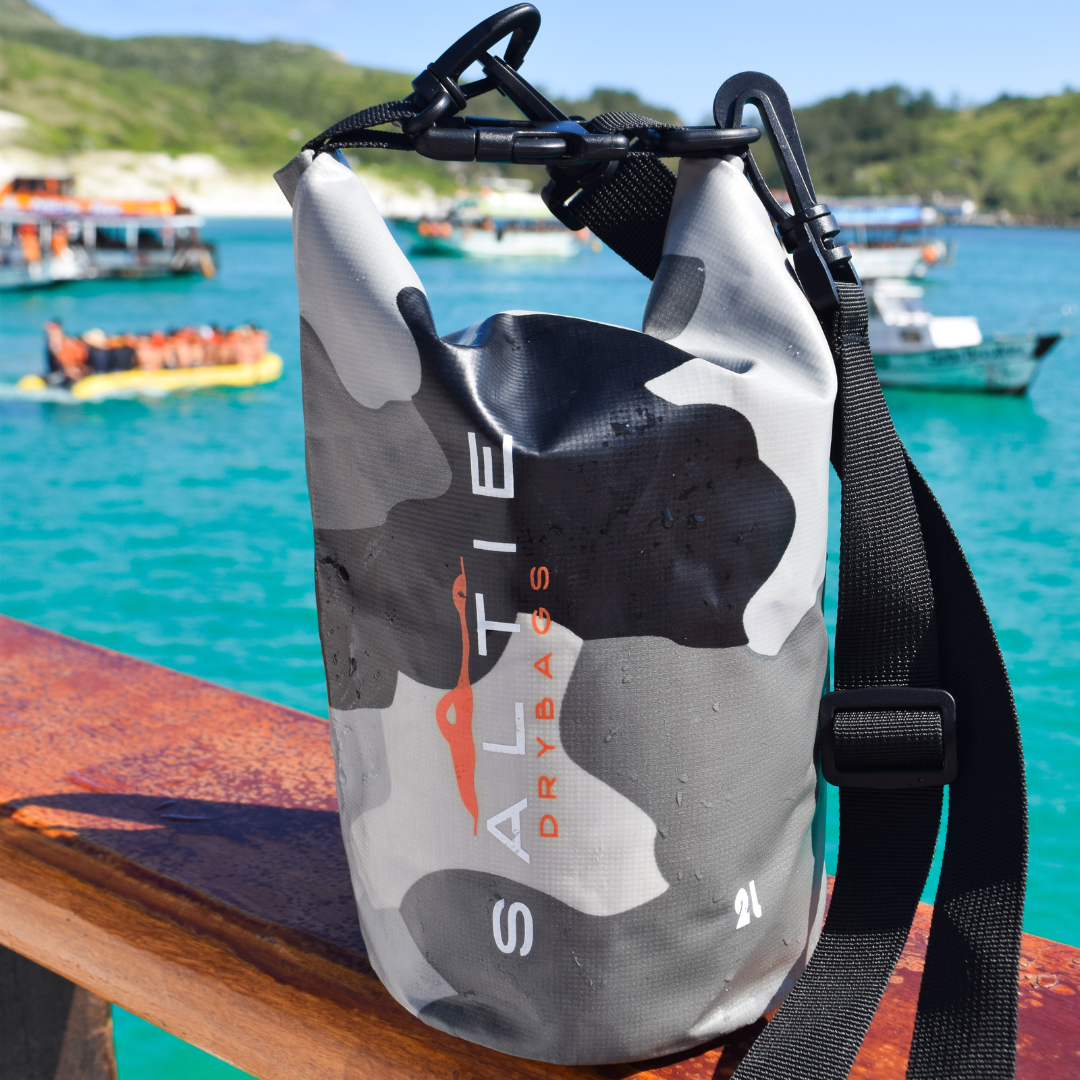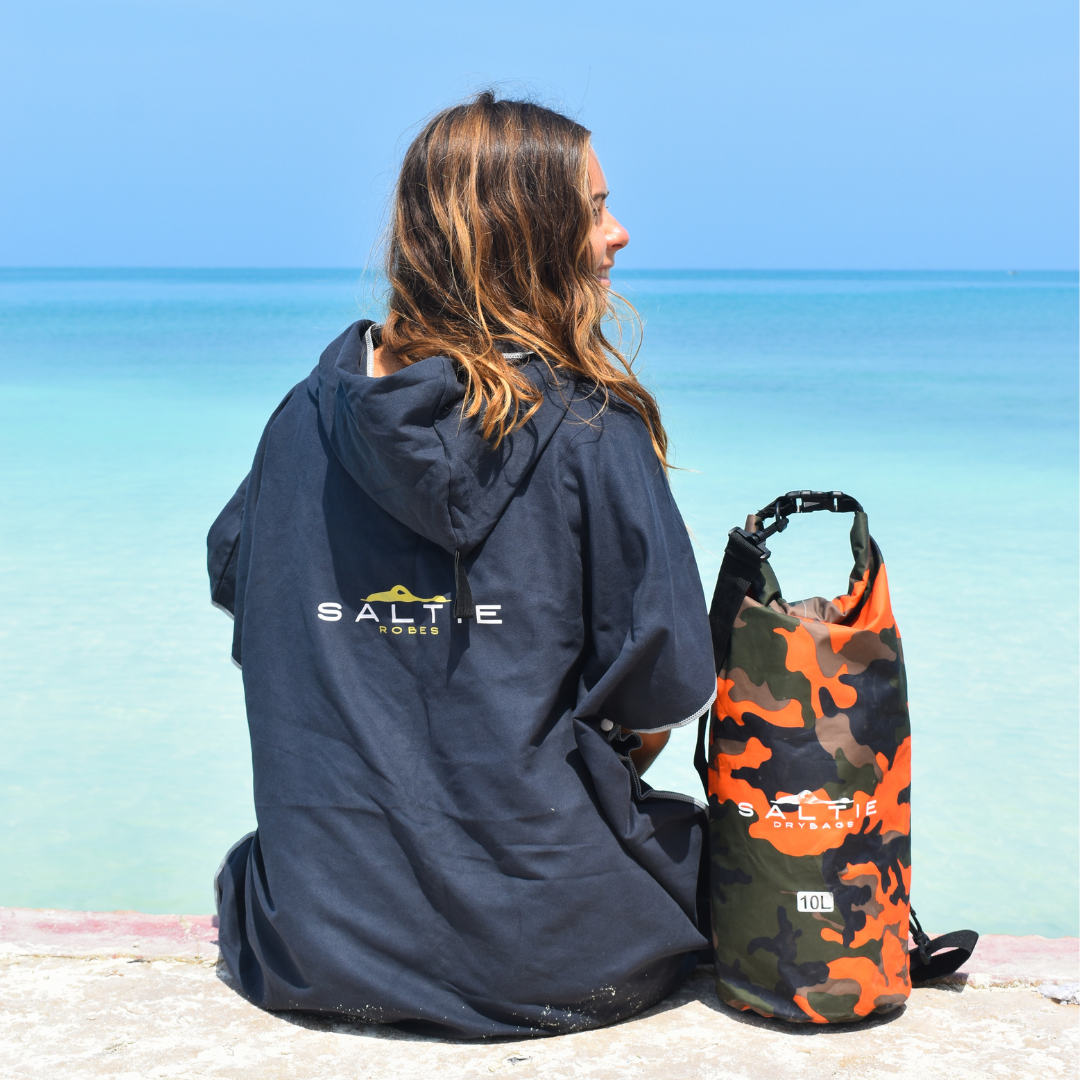
Paddle boarding is a popular water activity that offers a great way to enjoy nature and stay active. However, it’s crucial to prioritise safety while paddle boarding, and one essential safety measure is wearing a Personal Flotation Device (PFD). In this blog, we will discuss the importance of PFDs in paddle boarding and provide you with some valuable information to help you make informed decisions about using them.
- What is a Personal Flotation Device (PFD)?
A Personal Flotation Device, commonly known as a life jacket or life vest, is a crucial safety equipment designed to keep you afloat in the water. PFDs are available in various types, including Type I, Type II, Type III, and Type V, each offering different levels of buoyancy and suitability for specific water activities.
- Why is wearing a PFD important in paddle boarding?
Even if you’re a strong swimmer, unexpected situations can occur while paddle boarding, such as fatigue, sudden changes in weather, or equipment failure. Wearing a properly fitted PFD can be a lifesaver in such situations, providing buoyancy and keeping you afloat until help arrives. It can also help conserve energy and reduce the risk of panic or exhaustion.
- Choosing the right PFD for paddle boarding:
When selecting a PFD for paddle boarding, consider the following factors:
– Buoyancy: Ensure the PFD provides enough buoyancy to support your weight and keep you afloat.
– Fit: Choose a PFD that fits snugly and comfortably. It should not be too loose or restrictive.
– Mobility: Opt for a PFD that allows freedom of movement, enabling you to paddle comfortably.
– Design: Look for PFDs specifically designed for paddle boarding or water sports, as they offer features like pockets for storage and attachment points for accessories.
- Proper PFD usage and maintenance:
To ensure the effectiveness of your PFD, follow these guidelines:
– Always wear your PFD properly fastened while paddle boarding.
– Regularly inspect your PFD for any signs of wear or damage and replace it if necessary.
– Store your PFD in a cool, dry place away from direct sunlight.
– Rinse your PFD with fresh water after each use to remove any salt or dirt.
Conclusion:
Wearing a Personal Flotation Device (PFD) is a crucial safety measure when paddle boarding. It provides buoyancy, enhances your safety, and can potentially save your life in unexpected situations. Remember to choose a PFD that fits properly, follow proper usage and maintenance guidelines, and prioritize your safety while enjoying the exhilarating experience of paddle boarding.
Also, don’t forget all the passengers…





